 |
Date and Time: 29th August 2003 23:07 UT
Set-up: ToUcam 740K with X2 lens on the LX200
Capture: K3CCDTools, 321 frames, high gamma, 1/25", 60% gain, meter 213
Processing: Registax, X4, 199 frames stacked
Distance 2,848,000,000 Km (19.0351 AU)
Size 3 arc-sec
|
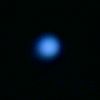 |
Date and Time: 6th August 2004 23:11 UT
Set-up: ToUcam 840K with X2 lens on the LX200
Capture: K3CCDTools, 110 frames, high gamma, 2", 41% gain
Processing: Registax, X2, 42 frames stacked, wavelets 1, 2 = 10.
Distance 2,860,000,000 Km (19.1171 AU)
Size 3 arc-sec
|
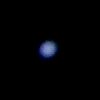 |
Date and Time: 29th August 2006 23:26 UT
Set-up: ToUcam 840K with X2 lens on the LX200
Capture: K3CCDTools, 113 frames, high gamma, 2", 45% gain
Processing: Registax, 71 frames stacked, wavelets 1, 2 = 10, histogram 100-220.
Distance 2,856,000,000 Km (19.093 AU)
Size 3 arc-sec
|
|
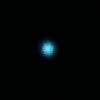 |
Date and Time: 24th August 2010 01:15 UT
Set-up: ToUcam 840K with X2 lens on the LX200
Capture: K3CCDTools, 453 frames, low gamma, 1/25", 88% gain
Processing: Registax, 159 frames stacked, wavelets 1, 2 = 10, histogram 0-200.
Distance 2,875,000,000 Km (19.22 AU)
Size 3 arc-sec
|
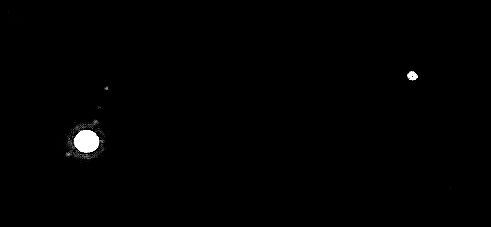 |
Date and Time: 6th October 2010 22:34 UT
Set-up: DMK 21AF04 with Astronomik CLS filter on the LX200
Capture: ICCapture, 85 frames, 4", gain 877
Processing: Registax, 66 frames stacked, gamma 1.7,
wavelets 1 = 10, 2 = 5, histogram 20-130.
PhotoImpact, contrast 10, Focus Magic 6,100, contrast 40.
Distance 2,862,000,000 Km (19.13 AU)
Size 3 arc-sec
|
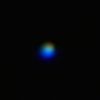 |
Date and Time: 6th August 2004 22:23 UT
Set-up: ToUcam 840K at prime focus of the LX200
Capture: K3CCDTools, 146 frames, high gamma, 2", 41% gain, meter 218
Processing: K3CCDTools, X2, 98 frames stacked, unsharp mask 5,0,100.
Distance 4,355,800,000 Km (29.1166 AU)
Size 2 arc-sec
|
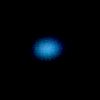 |
I think 15 seconds is too long an exposure for my LX200 at this focal length (5,000 mm).
Neptune is not this shape. Move your mouse over the image to see an attempted to correct
this with a program called Focus Magic which calculates what the original image must have
been given a certain amount of movement. I don't know how reliable the result might be.
Date and Time: 29th August 2006 22:13 UT
Set-up: ToUcam 840K with X2 lens on the LX200
Capture: K3CCDTools, 47 frames, high gamma, 15", 45% gain
Processing: Registax, 16 frames stacked, wavelets 1 = 10, Histogram 60-225.
Distance 4,361,300,000 Km (29.153 AU)
Size 2 arc-sec
|
 |
On 5th October 2017, Neptune's satellite, Triton, occulted a 12.7 V-magnitude star. I managed to
capture this event by taking a series of pictures of Neptune across the time of the expected
occultation. My results for the time of the occultation and its length agree very well with the
predicted values. Click on the image to see a detailed discussion of this event.
Date and Time: 5th October 2017 23:49 UT
Set-up: MX716 camera at prime focus of the LX200
Capture: Star_mx7 30 second exposures
Processing: Enhanced by a non-linear stretch in the Star_mx7 software.
Distance 4,359,400,000 Km (29.141 AU)
Size of Neptune 2 arc-sec
|


